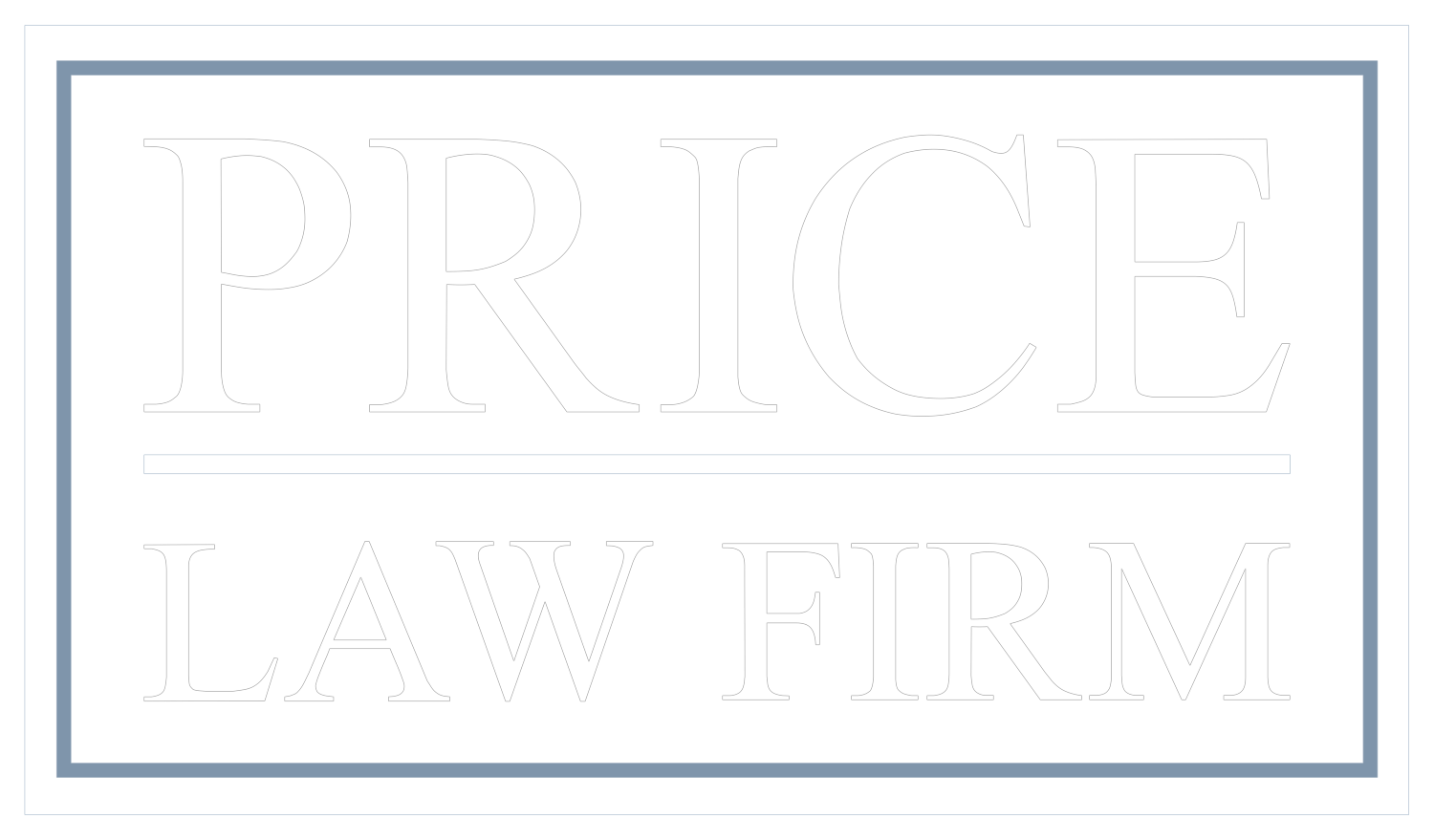
An Actual Partial Eviction is No More
There has been a rule in place in New York from the beginning of its jurisprudence and it goes something like this - when a landlord resumes possession of what was a portion of the tenant's leased space the tenant has been actually evicted from a portion of the leased space and that "actual partial eviction" relieves the tenant of any obligation to pay rent. This rule has been in place for centuries and until recently had never been disturbed. The New York Court of Appeals (New York's highest court) recently decided an appeal in the case of Eastside Exhibition v. 210 East 86th Street Corp., 18 3d 617, 965 N.E.2d 246, 942 N.Y.S.2d 19 (2012) in which the Court of Appeals left this basic tenet of real property law in tatters and has invited judges to make a subjective determination of whether the tenant has been harmed before determining that an actual partial eviction relieves the tenant of its rental obligation. The facts of Eastside Exhibition warrant discussion. The commercial tenant signed a lease to occupy two floors in the subject building to operate a movie theatre with four screens. After taking occupancy and using the subject property for its stated purpose, the landlord entered the commercial space without permission and installed cross-bracing between two existing steel support columns on both of the tenant's leased floors. This installation caused a change in the flow of patron foot traffic on the first floor and a slight diminution of the second-floor waiting area. The installation was unsightly and was done solely for the landlord's benefit - for the landlord to add two additional floors to the building. When the landlord performed the work the tenant ceased paying rent as a remedy for the alleged actual partial eviction and commenced a lawsuit seeking a permanent injunction barring the landlord from doing any further work in the subject property and seeking to have the landlord remove the cross-bracing. The procedural posture of the case then took an unusual turn. There was a non-jury trial held in the state court on whether the landlord's actions constituted an actual partial eviction. After trial the judge held that the taking of the portion of the tenant's space was minimal and that there was no relief to be awarded to the tenant. The case was then appealed to the Appellate Division (the intermediate appellate court). The Appellate Division held that the landlord's actions did constitute an actual partial eviction but held that the centuries old remedy of a 100% rent abatement was too harsh and remanded the case back to the trial court for a hearing on the damages actually suffered. At that hearing (held 3 years after the Appellate Division decision) the tenant could not give a specific measurement of the damages suffered. The trial court then ruled that because no damages were proven that no damages would be awarded. On appeal of that order the Appellate Division held that it was bound to affirm. The Court of Appeals accepted the case and affirmed the result while doing so on different grounds that have dramatically altered the landscape in New York. As I stated above it has always been the law in New York that if a landlord took even "one inch" of a tenant's space that the tenant was entitled to a full abatement of its rental obligation even though the tenant remained in possession of the rest of the space. The Court of Appeals changed that common law principle and instead has created a new rule. That new rule can be summed up as follows: A landlord is now free to trespass upon and seize a tenant's bargained-for space without penalty unless the tenant can prove that it has significantly suffered as a result of the tenant's actions. Further, it appears that a 100% abatement will no longer be possible and that the tenant's measure of damages will be limited to what it can prove. A judge will then have to subjectively determine those damages. The impact of this rule is dramatic. A landlord wanting to recover a portion of a tenant's space may decide that it makes sense to simply take it by force and be willing to simply pay the tenant whatever damages a court might determine. The inherent disadvantage to which a tenant is put is hard to quantify but it suffices to state that the scales have tipped in favor of the landlord.
Don’t leave your legal matters to chance. SCHEDULE A CONSULTATION OR CALL US AT (212) 675-1125 for a personalized consultation and let our experts guide you through every step of the process.
Joshua Clinton Price
Founder of The Price Law Firm LLC
Josh Price is a lawyer who is sought by clients with complicated cases because of his extensive knowledge of the law and his ability to help the law evolve.
Search an article
Contact Us for a
FREE Consultation
Blog (Website Form)

Facing a real estate issue?
Contact us to schedule a consultation and get expert legal advice tailored to your specific needs and circumstances.
OR CALL US NOW AT:
SHARE THIS ARTICLE:
Recent Posts
Get Expert Legal Advice









